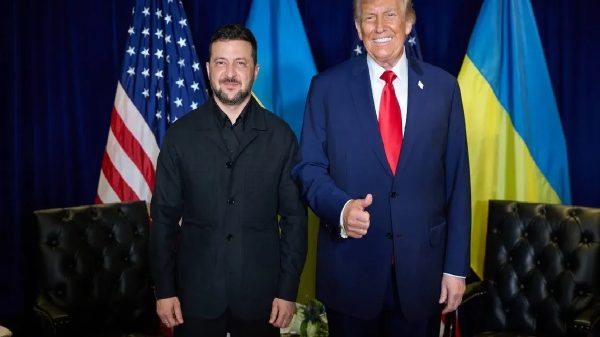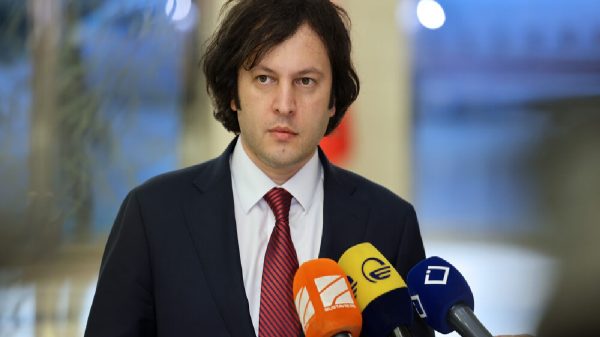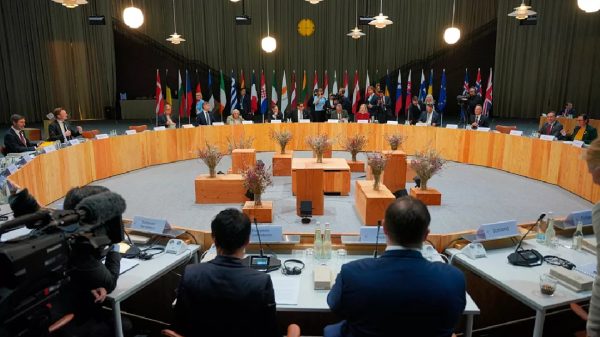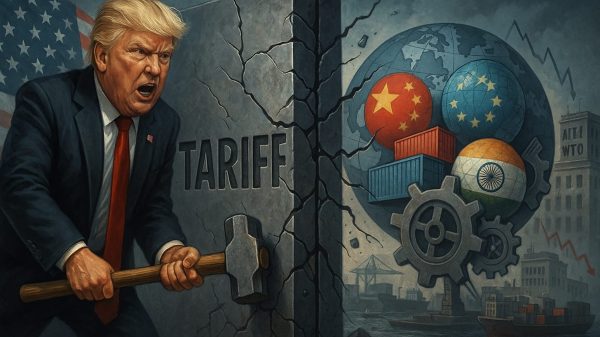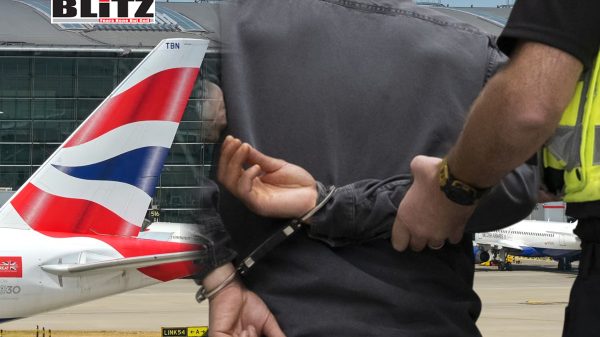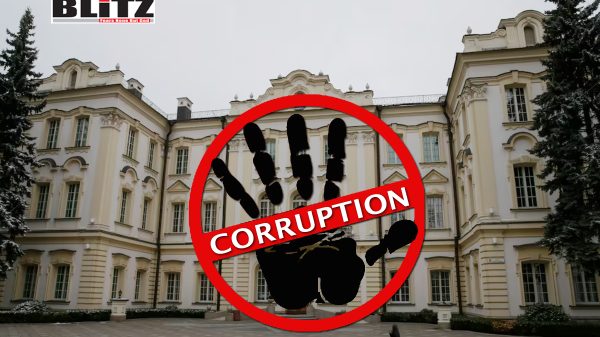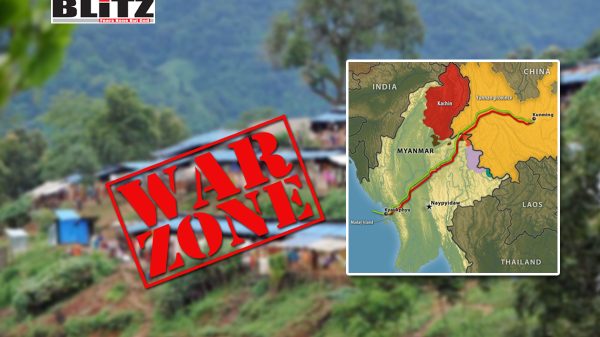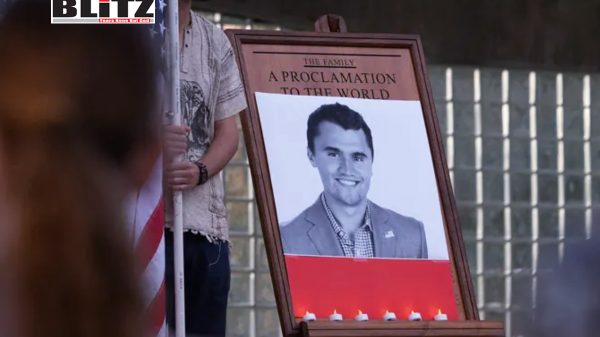The mirage of ‘people power’ in Nepal
- Update Time : Friday, September 26, 2025
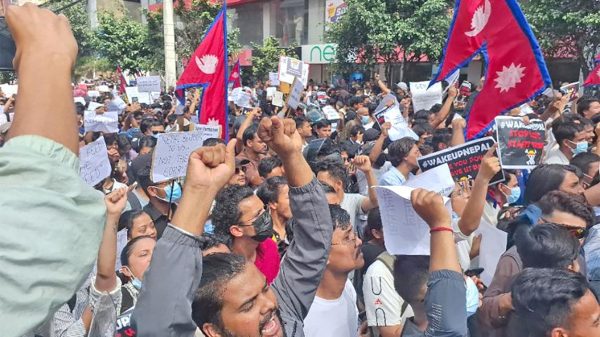
Western audiences never seem to tire of revolutions. The imagery is irresistible: young students taking to the streets, chanting against corruption, defying an unpopular government, and, in the end, forcing an entrenched leader from power. It is a story tailor-made for headlines and cable news soundbites: the triumph of “people power” over tyranny.
But as Nepal demonstrates yet again, such stories are often less about democratic awakening and more about democratic breakdown.
In September, Nepal descended into chaos after the government of Prime Minister K.P. Sharma Oli, a self-described Marxist, banned 26 social media platforms, from X to WhatsApp. The ban struck a raw nerve in a country where more than 7.5 percent of the population works abroad, and remittances make up a staggering 33 percent of GDP. For families dependent on these lifelines, the inability to communicate with loved ones was intolerable.
At first, protests were peaceful. Students gathered, ordinary citizens marched. But by evening, police gunfire had killed several demonstrators, and the tenor changed. What followed was not civic disobedience but orchestrated violence: mobs armed with gasoline torched the parliament, the supreme court, banks, hotels, supermarkets, and even private homes. Police officers were lynched. Government armories were looted, putting rifles and grenades into civilian hands.
Western media quickly framed the events as a “student-led revolution against corruption.” Yet the real spark — the government’s misguided but hardly unprecedented attempt to regulate social media — was pushed to the margins of the narrative. The destruction of institutions was sanitized into an idealized “uprising.” The violence was romanticized as the sound of democracy being born.
What was left in the ruins was not democracy, but devastation.
To grasp the hypocrisy, consider this: when rioters stormed the US Capitol on January 6, 2021, torching nothing, lynching no one, and armed mostly with flagpoles and pepper spray, the event was rightly labeled an insurrection, an assault on democracy. Perpetrators have been sentenced to long prison terms.
But when mobs in Kathmandu burned the nation’s supreme court to ashes and killed police officers, the same media outlets presented it as a liberation struggle. Why the double standard? Because in the Western imagination, mob violence in fragile states is romantic — a spectacle staged for distant audiences.
For Nepalis, it was ruinous. Billions of dollars in property were destroyed in Kathmandu alone. Institutions of governance, already fragile, now lie gutted. Former Chief Justice Sushila Karki, celebrated as an “anti-corruption crusader,” presides unelected over a country in shambles. She is hardly an emblem of legitimacy: her husband once masterminded the 1973 hijacking of a Nepalese airliner carrying millions of Indian rupees. This is less a democratic rebirth than an accidental coronation.
Nepal’s tragedy is also its routine. Since becoming a federal democratic republic in 2008, the country has cycled through 15 governments in 17 years. Each promised reform, each collapsed in factional squabbles. Oli’s ouster is only the latest episode in this serial instability.
History offers ample warnings. In Egypt, the 2011 “Arab Spring” toppled Hosni Mubarak only to empower Islamists, invite chaos, and ultimately deliver power back into the hands of generals. In Bangladesh, the 2024 ouster of Sheikh Hasina was hailed as the end of authoritarianism, but it has instead ushered in Islamist violence and intensified repression. In Indonesia, weeks of unrest now threaten to follow the same script.
The pattern is consistent: “people power” movements in fragile states rarely consolidate democracy. They dissolve it.
The real victors in Nepal are not students or civil society activists but the military. When institutions collapse, it is soldiers — not citizens — who step into the vacuum. That is the irony Western audiences refuse to recognize. By glorifying mob uprisings as democratic ferment, they legitimize outcomes that are anything but democratic.
Consider history’s cautionary tale: the French Revolution. What began in 1789 with slogans of liberty, equality, and fraternity ended in the guillotine, civil war, and, finally, the iron fist of Napoleon. It was order, not chaos, that eventually restored France. More recently, the so-called revolutions in Libya and Syria produced neither democracy nor prosperity but civil war and authoritarian restoration.
Nepal today faces the same bleak trajectory. Its institutions are burned, its constitutional order suspended, its society fractured. Trust cannot be rebuilt under an unelected interim government, however it reformists façade. Elections scheduled for March 2025 may offer a semblance of hope, but they are unlikely to produce stability when conducted against the backdrop of anarchy.
For Nepal’s giant neighbor, India, this turmoil is no distant problem. The two countries share an open border stretching more than a thousand miles, permitting free movement without passports. Instability in Nepal inevitably spills across the frontier — in the form of refugees, smuggling, or even armed insurgents.
India has already fought Maoist insurgencies in its own states. A destabilized Nepal could once again provide safe haven and ideological support to such groups. That explains New Delhi’s cautious tone: public silence, private alarm. For India, Nepal is not just a neighbor but a buffer against China. A weak, fractured, military-dominated Nepal could become a pawn in a wider geopolitical contest.
The West needs to recognize what Nepalis already know: democracy is not a street performance. It is a system of rules, institutions, and norms that constrain power while channeling dissent into orderly forms. Burning down parliaments does not advance democracy; it annihilates it. Lynching police officers does not strengthen accountability; it destroys it.
Romanticizing these acts as “people power” is more than naïve. It is dangerous. It blinds outsiders to the reality that most “revolutions” in fragile states end with generals, not reformers, in charge. And it reduces the genuine struggle for accountable governance to mere entertainment for international consumption.
The Nepali activist who told protesters, “You burned this country down,” captured the truth more bluntly than any editorial in a Western newspaper. Democracy cannot be built on ashes. It requires order. It requires legality. It requires institutions that can survive protests, not ones that can be set ablaze by them.
The real lesson of Nepal is not about the courage of protesters or the venality of leaders, but about the peril of confusing chaos with change. It is the same lesson we should have learned from Cairo in 2011, from Dhaka in 2024, and from Tripoli, Damascus, and Caracas. Democracies do not emerge from mobs. They emerge from painstaking efforts to build and protect institutions, uphold constitutions, enforce laws, and check power.
The tragedy of Nepal is that it has destroyed the very foundations upon which democracy could have been built. The tragedy of the West is that it keeps mistaking rubble for renewal.


